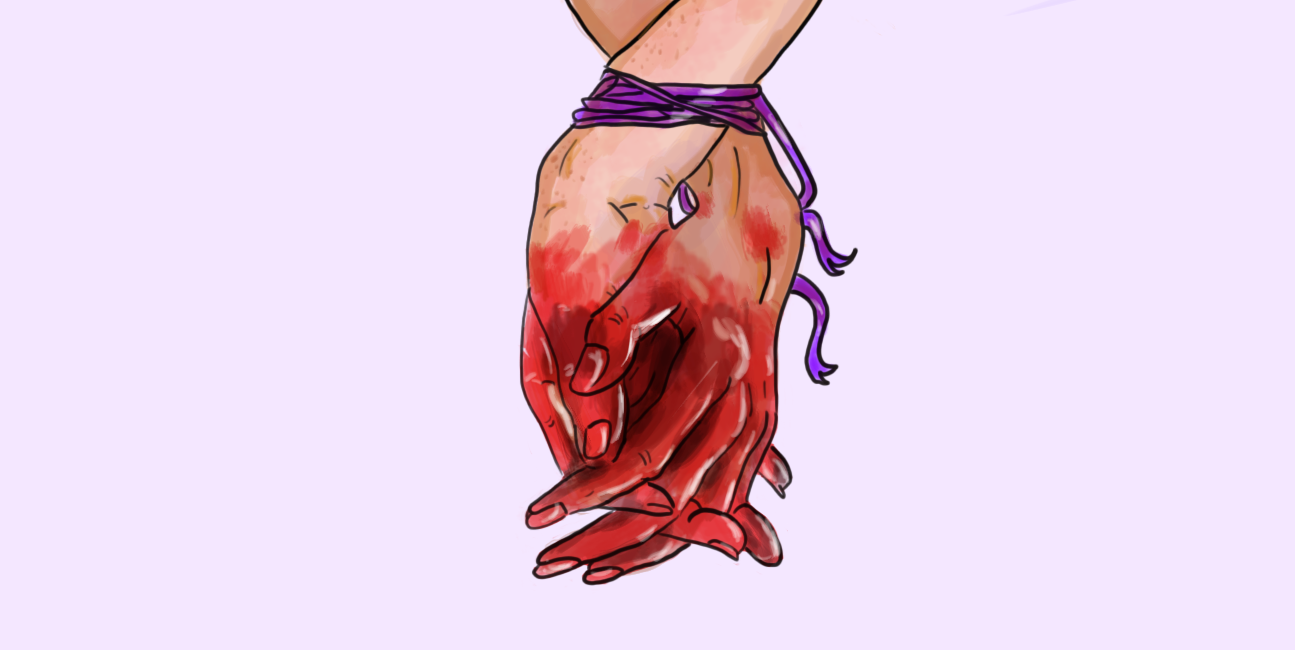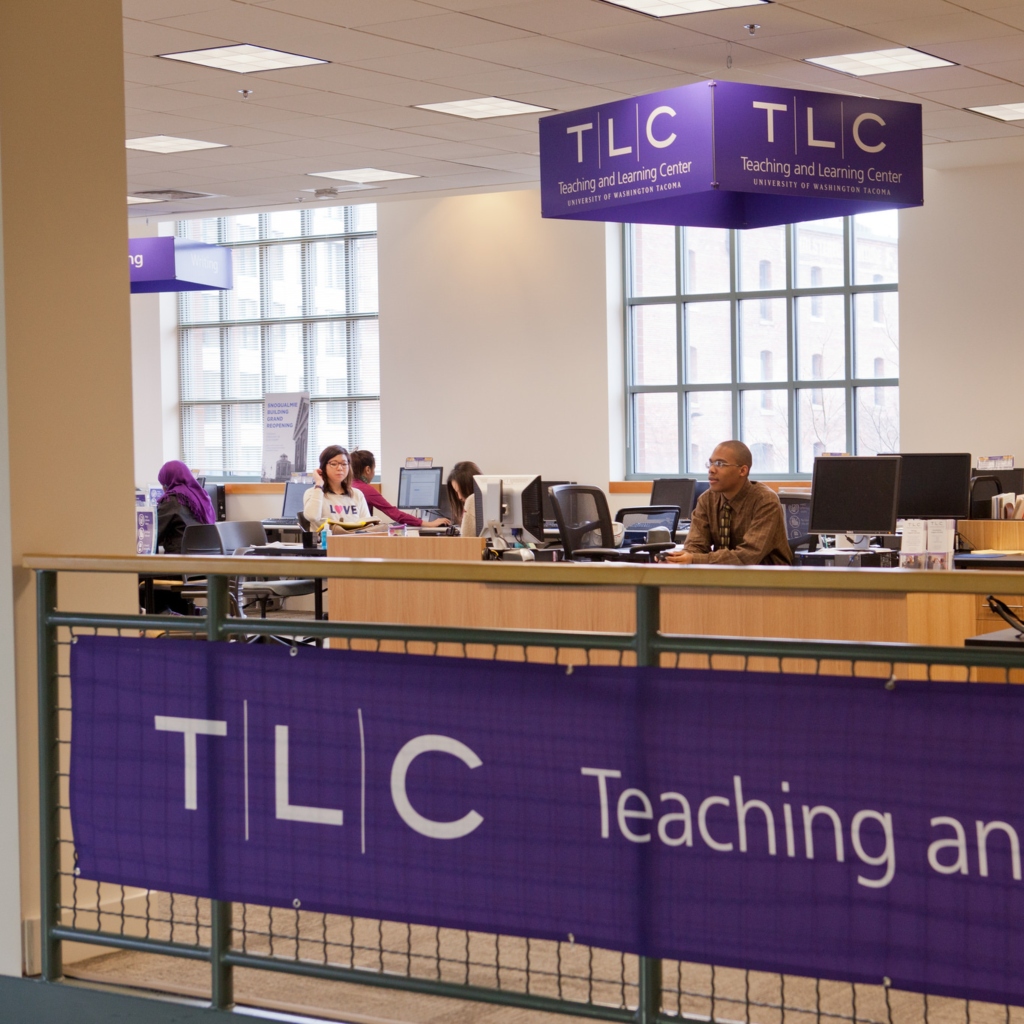Bring awareness this October
October is domestic violence awareness month and it is important to know the signs and how to get help for yourself or others. Sadly, domestic violence has always been an issue but with the COVID-19 outbreak, and the need to be at home more, domestic violence incidents have increased.
In a WedMD article titled “Study Finds Rise in Domestic Violence During COVID,” data from x-rays at a major hospital in Massachusetts cases involving intimate partner violence got emergency care during the first few weeks of the pandemic. This past spring the hospital treated 28 patients with injuries stemming from strangulation, stabbing, burns or the use of guns and knives. Barbara Paradico stated, “When a victim is required to stay in a home without access to the usual outlets that help to reduce tension [such as] time apart when at work, opportunities to visit friends or family, a private place to reach out for help — the opportunity for violence naturally rises.”
Domestic violence is violent or aggressive behavior within the home typically involving the abuse of a spouse or partner. But these aren’t the only cases, familial violence — which includes family related by blood, marriage, foster care, adoption or other relationships — is a prominent culprit in domestic abuse cases as well.
One of the main sources for help with domestic violence is thehotline.org (1.800.799.SAFE[7233]). They have resources available to help survivors on their website along with a live chat that is available 24/7. There is an escape key on the side of the website so if the abuser enters the room unexpectedly the survivor is able to click on it and be sent to a google search page instantly.
It is important to recognize that domestic violence can happen to anyone. On the hotline website, it states that 29 percent of women and 10 percent of men experience violence from a partner. I would also like to point out that these numbers are presumably higher. Realistically, many do not report the violence they experience for fear of retaliation from the abuser or not being believed by others. It can be difficult to admit to oneself that someone they love could hurt them, and many people do not report because they have not come to understand it as abuse.
In exploring the website I came across a quote that really stood out, “Every relationship is different and domestic violence doesn’t always look the same.” This stood out to me because of the truth it holds, every relationship that you have with someone is going to be different in so many ways, and the same stands with domestic violence. Some abusers will be physical, some will be psychological.
Some common signs of domestic violence are: Being told that you don’t do anything right. Your partner has extreme jealousy of you spending time with friends or family and will discourage you from doing so. They will prevent you from making your own decisions by saying there’s would be better. They will be controlling over money. They can give you intimidating looks or actions in public. Some will insult parenting styles. They can be threatening towards pets or children. They could intimidate you with weapons or force sexual acts upon you. And these are just to name a few.
There are different types of abuse that can fall under domestic violence. Some of the most commonly thought of are physical abuse, emotional/verbal abuse, sexual abuse and financial abuse.
After doing more research on the topic, I realized there are other types that I had not even considered before. One is sexual coercion — which is when the abuser makes the victim feel like they are obligated to perform sexual acts despite not wanting to.
Another is reproductive coercion, which is when the abuser takes away someone’s control over reproduction. They guilt someone because they don’t want to have kids or they are a bad parent. Some will even remove their protection in order to have control of pregnancy or trapping their partner.
In this age of technology, there is now digital abuse which can show as bullying, harassing, controlling over the internet and, in some cases, it can lead to stalking.
Many people wonder why the victims stay with their abuser for so long, often people ask them, “Why don’t you just leave?” Well, it isn’t that easy. . . leaving is often the most dangerous time for survivors of abuse and is often when many die by the hands of their abusers.
Beyond the danger, some people stay because they have normalized the abuse that is happening to them. Some feel that they don’t have the resources to leave, either because they don’t make that much money or the abuser is controlling it.
For some, if their immigration status is a concern, the abuser could be the only thing allowing them to stay legally, or the abuser uses their undocumented status to try and get them deported. For many, it has to do with children because the victims don’t want to take their kids away from their other parent but there is also a fear for the safety of the children in either scenario.
If you take away anything from this, take away that domestic violence can happen to anyone of any age, race, gender, ethnicity or religion. Allow yourself to be that supportive help for someone who could be in any of these situations. You can give them advice, support and reference places of help. If anything, spread awareness about domestic violence because it is happening more than what many people realize, especially now.
In Pierce County there are several resources to help people in domestic violence situations:
Victim Assistance and Services:
PCSD – DV Unit : 253.798.7530
Crisis Line: 253.798.4333
Crystal Judson Family Center: 253.798.4310
Domestic Violence Shelter and Programs:
YWCA Women’s Shelter: 253.383.2593
Family Renewal Shelter: 253.475.9010
Tacoma Community House: 253.798.3951
Salvation Army: 253.572.8452
Korean Women’s Association Shelter: 253.359.0470
Catherine Place: 253.572.3547
Our Sisters House: 253.383.4275
Partner Agencies:
Community Health Care and Behavioral Health Services: 253.722.2161
Greater Lakes Mental Health: 253.581.7020



